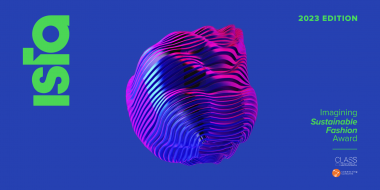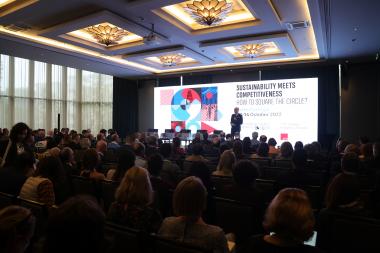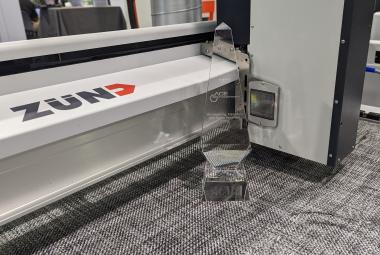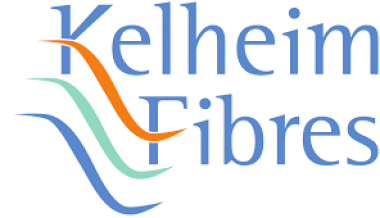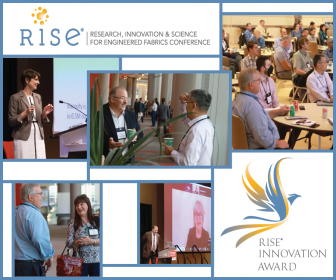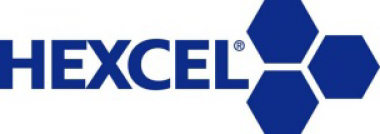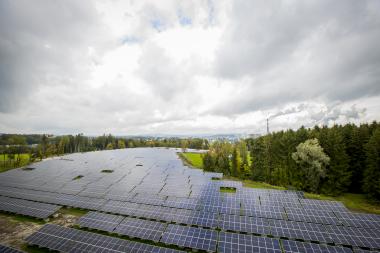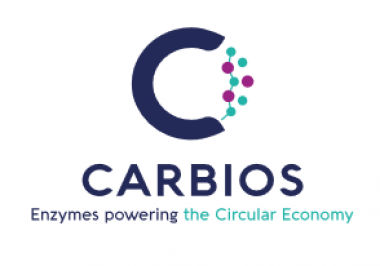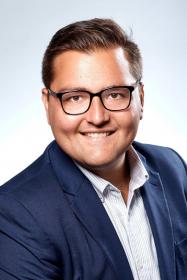Freudenberg: Elastic superabsorbers for wound dressings
Freudenberg Performance Materials (Freudenberg) has launched an elastic variant of its flexible superabsorbers for modern wound dressings. These superabsorbers increase the comfort level for patients as well as enabling longer wear time, thus reducing the frequency of dressing changes. Freudenberg is debuting the elastic superabsorbers at this year’s Compamed in Düsseldorf, from November 14 – 17, 2022. Further highlights at the trade fair include components for more sustainable wound care, PU foams with directly applied silicone adhesives, and an innovative hydrophilic debridement foam.
Freudenberg uses a new technology to manufacture the elastic superabsorbers. Unlike other methods, this technology does not perforate or slit the material, thus achieving a high degree of consistent elasticity. Furthermore, the technology used by Freudenberg bonds the superabsorbent fibers more uniformly with the material, thus enhancing the integrity of this layer in the wound dressing.
“Our new elastic superabsorbers demonstrate yet again how Freudenberg components help increase comfort for patients, reduce the workload for nursing staff and lower healthcare costs. Our extensive technology platform and our innovative strength are the basis for this,” Dr. Henk Randau, SVP and General Manager Global Division Healthcare at Freudenberg Performance Materials, said.
Freudenberg Performance Materials Holding SE & Co. KG






